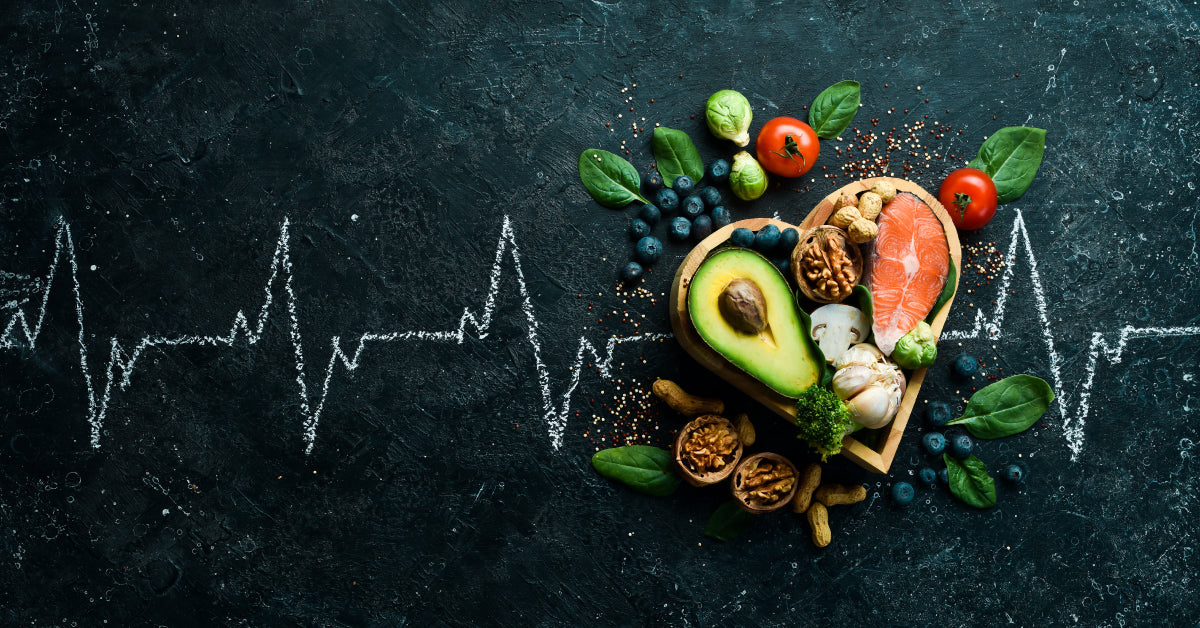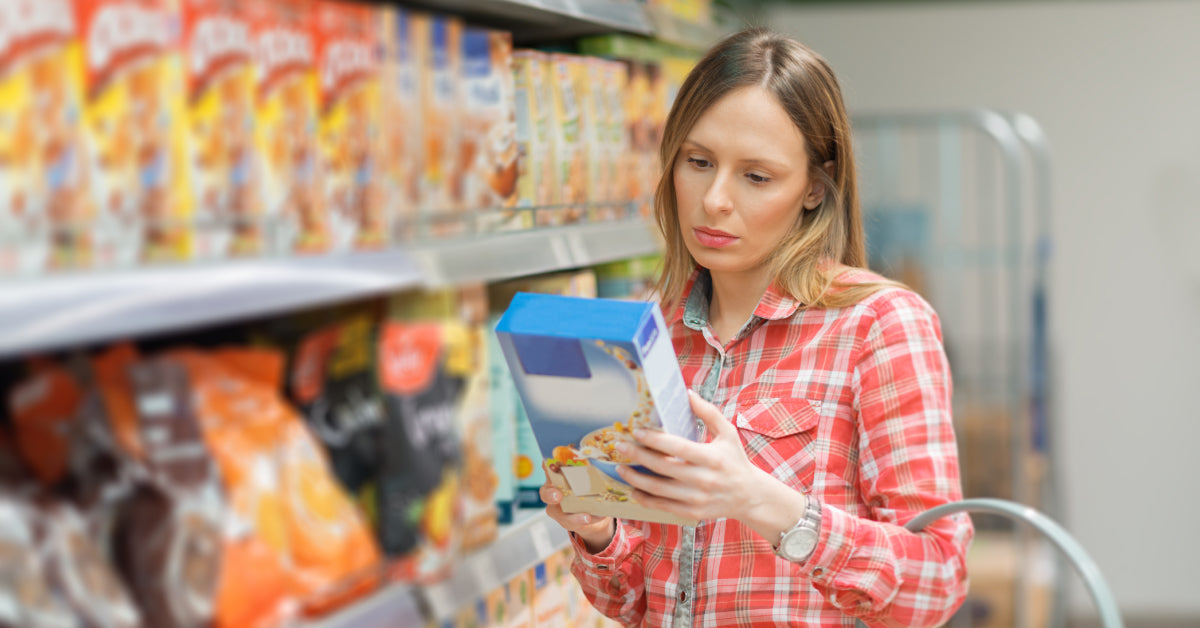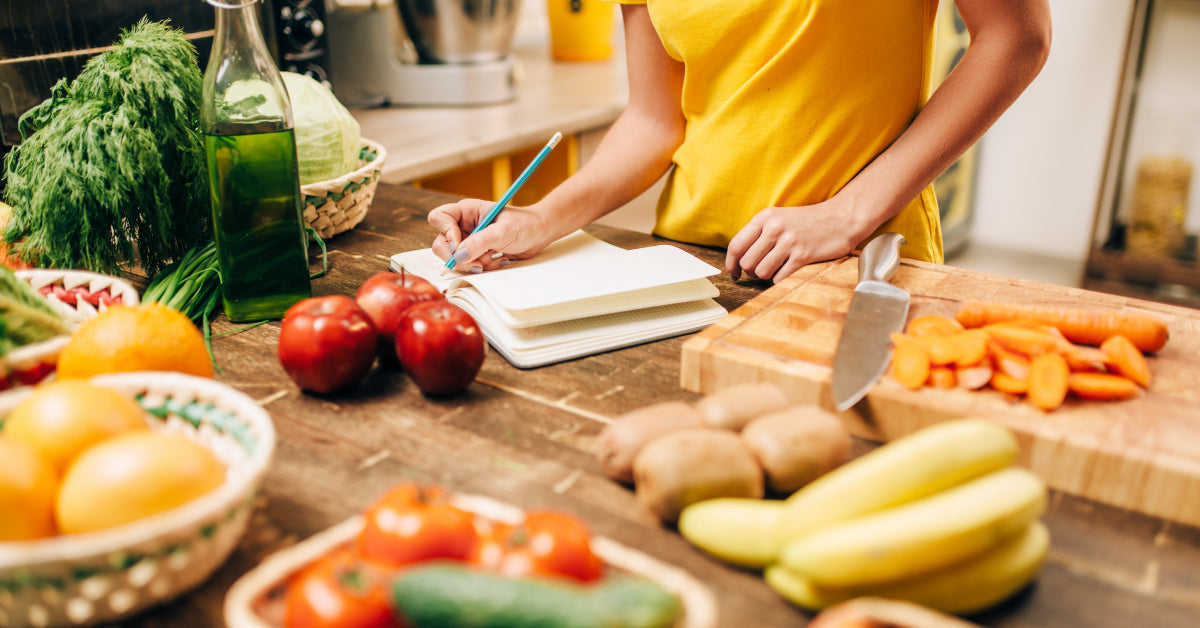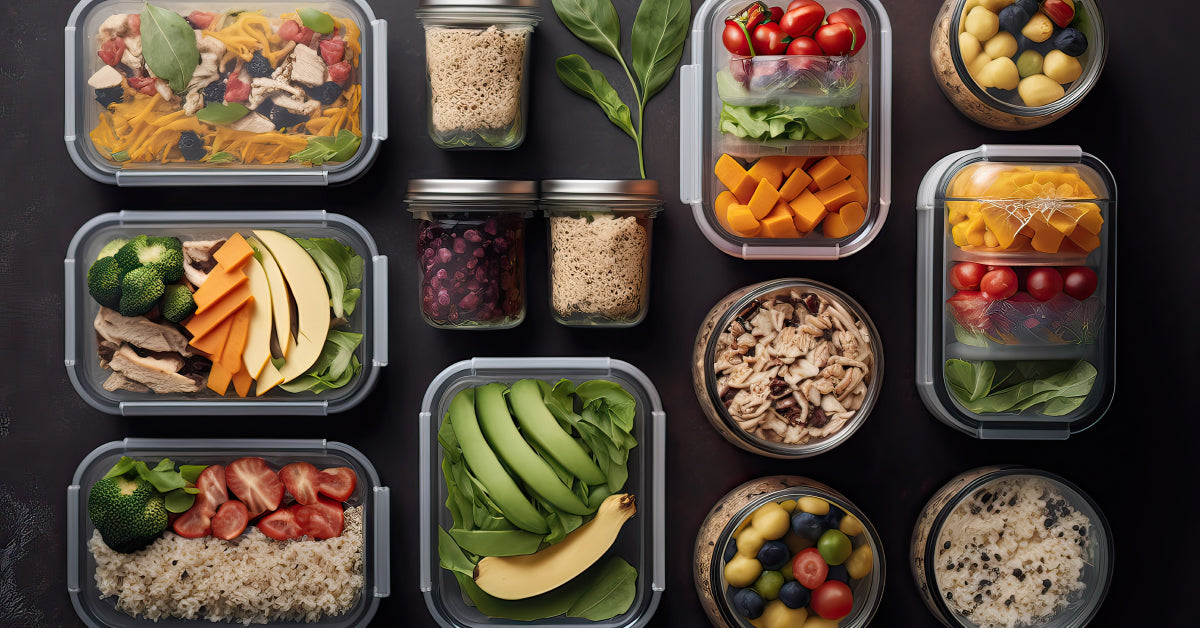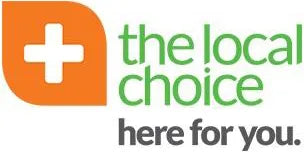
by Freda Coetzee
Best Snacks for Weight Loss
Eat healthy snacks and lose weight One of the hardest things, when it comes to weight-loss, is managing how much you eat. If you are a heavy snacker, you can struggle to lose weight. Most of the snacks we eat are incredibly unhealthy and addictive. Of course, you don’t have to completely stop snacking to avoid addiction and weight gain. We all love to nibble on something during the day. The best way to stop eating unhealthy snacks is to substitute them with healthy ones. Should I limit sugar or fat? Indulging in rich, decadent foods like creamy avocados or buttery salmon may seem like an obvious cause of weight gain. The same applies to loading up on sugary cereals and carb-heavy bagels, which can’t be good for your waistline either. However, scientists are now investigating the effects of regularly consuming large amounts of either sugar or fat on their own on our bodies. In many parts of the world, these two ingredients are rarely eaten separately. However, an increasing amount of research suggests that fat alone does not contribute to weight gain, while numerous studies have linked sugar consumption to an increased risk of gaining weight. So, you want to limit snacks with lots of sugar. Some sugar-filled snacks include: Candy bars Cookies Ice cream Donuts Cupcakes While fats may have a bad reputation, including healthy fats in your diet can have numerous health benefits. Some snacks with healthy fats include: Avocado toast topped with olive oil Hummus with whole grain pita chips Mixed nuts, such as almonds and cashews Greek yogurt with a drizzle of honey and sliced almonds Guacamole with veggie sticks for dipping Snacks for weight loss Baked goods When you think of baked goods, you might think of carb-loaded, sugary delights. But you can buy or make healthy baked goods – they can be just as delightful. These treats might be quite expensive to buy at health shops. Baking is a good option if you want to save some money. The two golden rules when it comes to baking healthy treats are: Rule 1: Limit sugar When choosing a recipe, you can always lessen the amount of sugar or switch sugar for another ingredient. Some replacements for sugar include: Honey Stevia Agave nectar Rule 2: Swop flour for healthy alternatives Flour has a lot of carbohydrates and lacks essential nutrients like fibre. Flour can also cause blood sugar spikes and high blood sugar levels can lead to feeling extremely hungry. There are many alternatives for flour, like: Almond flour: Made from finely ground almonds, this flour contains healthy fats, protein, and fibre. It is low in carbs and a good source of vitamin E and magnesium.Coconut flour: Made from the pulp of coconut meat, this flour is high in fiber and low in carbs. It also contains medium-chain triglycerides (MCTs), which are a type of healthy fat that can provide quick energy.Ground flaxseed: This powder is an excellent source of omega-3 fatty acids, fiber, and protein. It can be used as a flour substitute in low-carb baking recipes. Examples of baked goods for weight loss: Avocado brownies with avocado frosting Chickpea-pecan blondies Almond flour banana bread Coconut flour chocolate chip cookies Chocolate peanut butter protein bars Flourless pumpkin spice muffins Fruit snacks Fruit is naturally sweet and great for satisfying a sweet tooth. Fruit is also packed with vitamins, antioxidants and fibre. And of course, they are versatile. You can eat them fresh or you can bake, roast or freeze them. Some examples of fruit snacks: Strawberries dipped in dark chocolate Brown sugar-broiled grapefruit Apple slices with peanut butter Cottage cheese and pears Colliflower pizza with fruit toppings Baked apple crisps with cinnamon Protein-packed snacks Protein is a great weight-loss choice. Eating lots of protein can truly help you lose weight since protein keeps you feeling fuller for longer. Good protein snack choices include: Roasted chickpeas Hard-boiled eggs Biltong or droë wors Almond trail mix (with dried fruit and dark chocolate) Almond and dried apricot rice cakes More tips: Great substitutes for chips include air-popped popcorn or kale crisps.Put your snacks in a bowl instead of eating out of containers. Doing so can help you to not overeat. Practice good portion control.Use your freezer. You can freeze fruit to add in smoothies later or enjoy with yoghurt. You can also freeze baked goods and defrost them for teatime. Takeaway Don’t feel guilty if you like to snack. Be smart about your snacking habits. Substitute addictive, sugary treats with healthier ones. Remember to enjoy your weight-loss journey.


